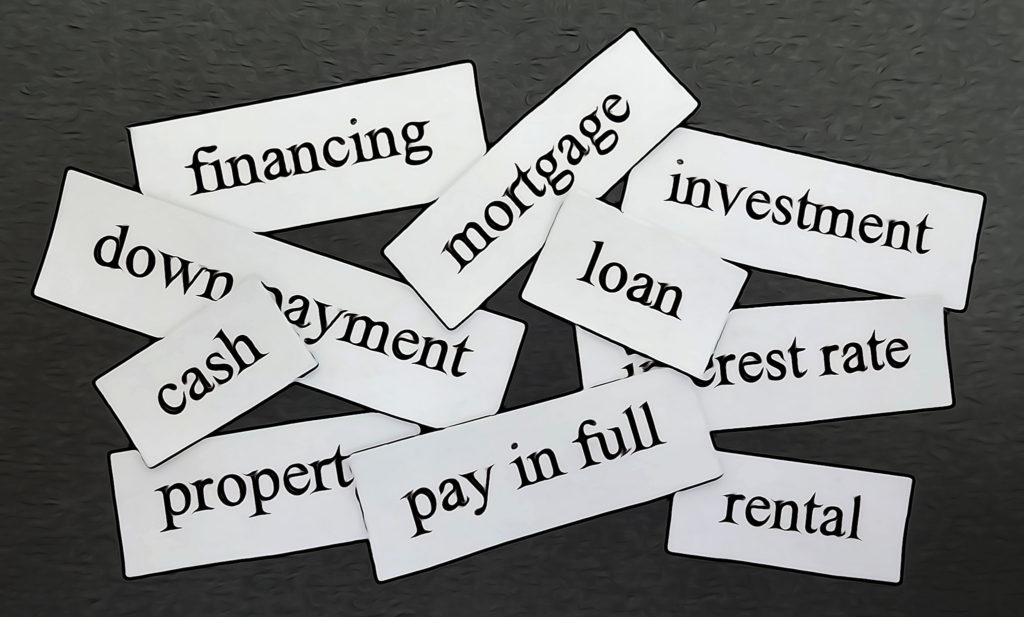Saving For A Downpayment Has Never Been Easier
When it comes to saving for a down payment, there’s good news and bad news. The good news is that down payments are still incredibly low. Some mortgage companies are offering incredible 3 percent downs, including Fannie and Freddie – the lowest we’ve seen since the financial crisis of 2009. That’s down from the usual 5 percent minimum up until now.
But there’s a problem. Even a 3 percent deposit can mean needing to save more than $10,000 – which is a lot of money, especially for people who barely break even each month.
The question, then, is how to save for a downpayment, and how to minimise the upfront cost so that you can finally move into the home you want. Here’s what to do, step by step.
Step #1: Open A Fresh Savings Account
Back in the 1960s, the savings rate in the US was an impressive 15 percent. In other words, of all the money the economy generated each year, 15 percent of it was reinvested into capital and other assets which would generate money in the future. Today. That savings rate has collapsed so that it’s more like 4 percent. And in the Great Recession, it actually went negative for the first time in history, meaning that Americans were selling their assets, on average, to buy in the present.
Online savings accounts are a great way to earn a little interest and get into the habit of putting aside a few bucks every month. The great thing about today’s savings accounts is that they are linked electronically to current accounts, meaning that it’s easier than ever to transfer funds between them.
Step #2: Look For The Lowest Deposit Requirements
Sites like mortgageloans.co are helpful because they show potential buyers the institutions that are offering the lowest down payments for a particular mortgage. If saving for the deposit is the biggest problem that you’re facing, you can use these tools to find mortgages which are appropriate for you. Remember, the size of the deposit you’ll pay is related to your credit rating and the subsequent cost of the mortgage.
Step #3: Check Interest Payments
Every month, you probably pay a small fortune in interest payments. Credit cards, car loans – interest payments all add up quickly and reduce your capacity to save. So what should you do? Thesimpledollar.com recommends that people look for better value deals on things like loans and credit cards, taking advantage of teaser rates wherever possible to reduce the amount of interest they pay to banks and building societies every month.
Step #4: Boost Your Credit Rating
Ideally, you want the lowest down payment possible. But you’ll only get it if lenders trust in your ability to pay back the mortgage. As a result, you need to have an excellent credit rating – one which proves that you always pay your bills on time and that you can be trusted with credit.
Boosting your credit score is actually surprisingly easy. According to the FTC, more than 20 percent of credit reports have errors in them which could adversely affect your rating. Simply correcting these is a good start.




